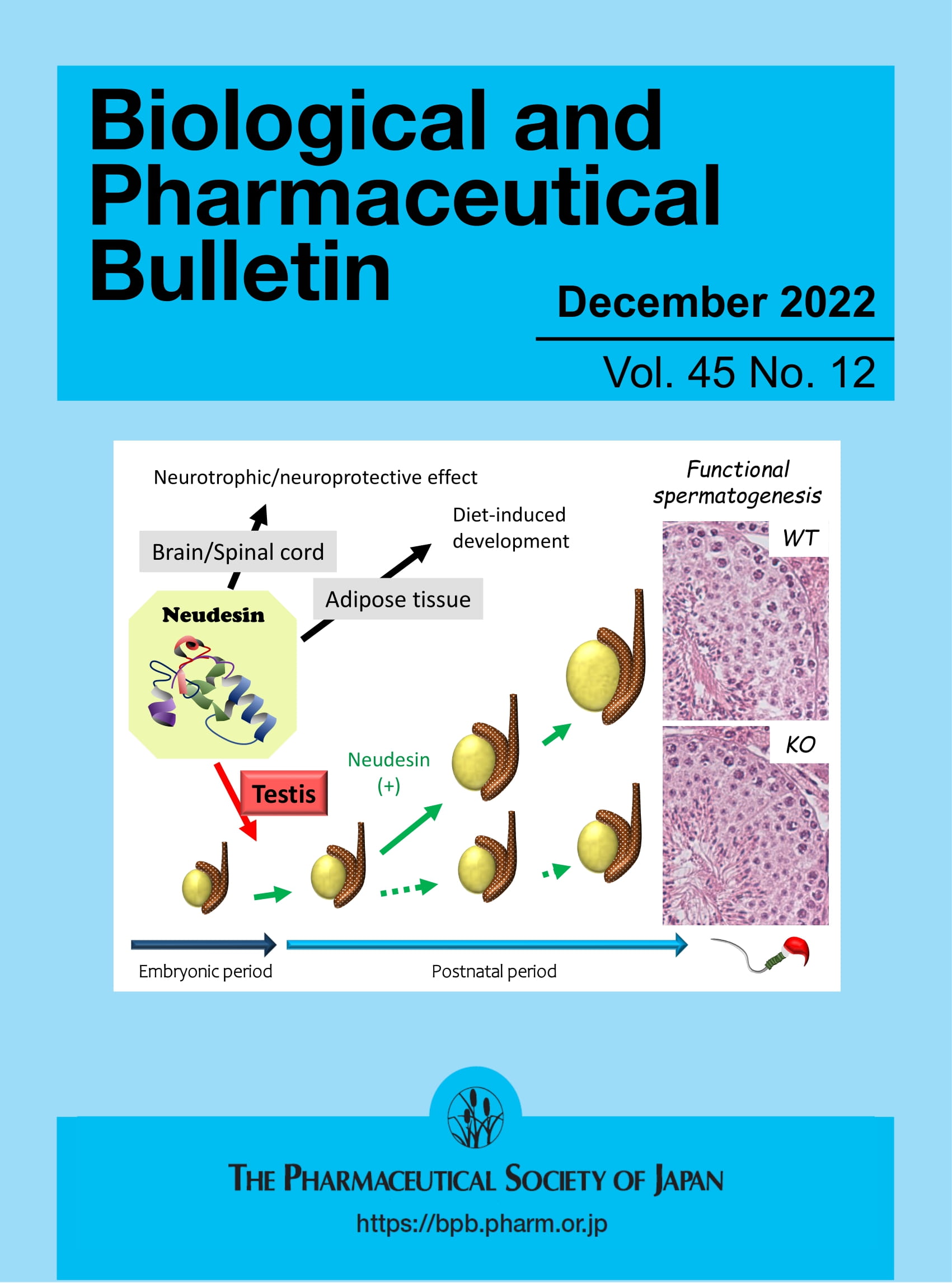A High-Precision Analytical Technique for Dissolved N2 Isotopes in Aquatic Systems: Biogeochemical Applications and Determination of Solubility Equilibrium Isotope Effects
Abstract
Rationale
The isotopic composition of dissolved dinitrogen gas (δ15N-N2) in water can offer a powerful constraint on the sources and pathways of nitrogen cycling in aquatic systems. However, because of the large presence of atmosphere-derived dissolved N2 in these systems, high-precision (on the order of 0.001‰) measurements of N2 isotopes paired with inert gas measurements are required to disentangle atmospheric and biogeochemical signals. Additionally, the solubility equilibrium isotope fractionation of N2 and its temperature and salinity dependence are underconstrained at this level of precision.
Methods
We introduce a new technique for sample collection, processing, and dynamic dual-inlet mass spectrometry allowing for high-precision measurement of δ15N-N2 and δ(N2/Ar) with simultaneous measurement of δ(40Ar/36Ar) and δ(Kr/N2) in water. We evaluate the reproducibility of this technique and employ it to redetermine the solubility equilibrium isotope effects for dissolved N2 across a range of temperatures and salinities.
Results
Our technique achieves measurement reproducibility (1σ) for δ15N-N2 (0.006‰) and δ(N2/Ar) (0.41‰) suitable for tracing biogeochemical nitrogen cycling in aquatic environments. Through a series of air–water equilibration experiments, we find a N2 solubility equilibrium isotope effect (ε = α/1000 − 1, where α = (29N2/28N2)dissolved/(29N2/28N2)gas) in water of ε(‰) = 0.753 − 0.004•T where T is the temperature (°C), with uncertainties on the order of 0.001‰ over the temperature range of ~2°C–23°C and salinity range of ~0–30 psu. We find no apparent dependence of ε on salinity.
Conclusions
Our new method allows for high-precision measurements of the isotopic composition of dissolved N2 and Ar, and dissolved N2/Ar and Kr/N2 ratios, within the same sample. Pairing measurements of N2 with inert gases facilitates the quantification of excess N2 from biogeochemical sources and its isotopic composition. This method allows for a wide range of applications in marine, coastal, and freshwater environments to characterize and quantitatively constrain potential nitrogen-cycling sources and pathways and to differentiate between physical and biological isotope signals in these systems.





 求助内容:
求助内容: 应助结果提醒方式:
应助结果提醒方式:


